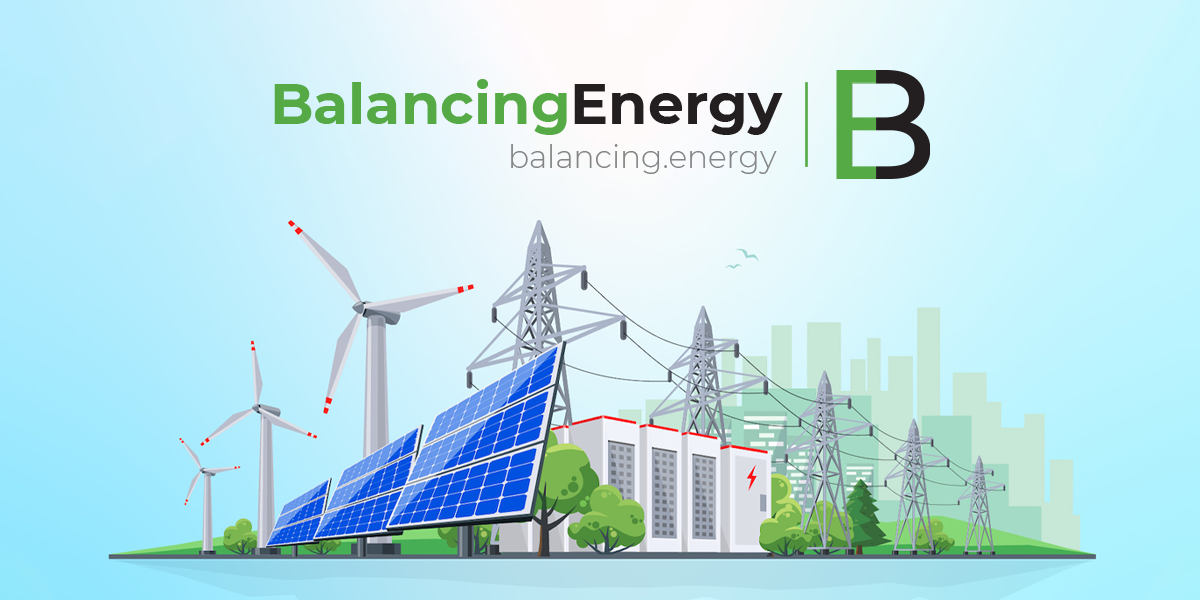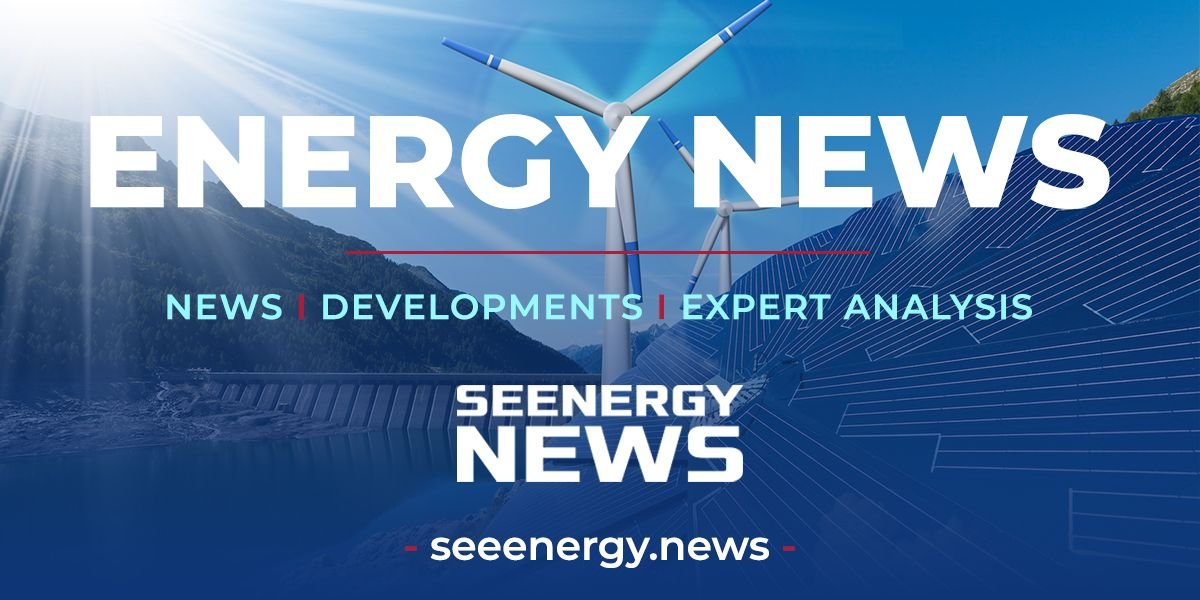The environmental approval for the completion of the Cerna-Belareca hydro project has been granted by Romania’s Ministry of Environment, marking an important milestone in the country’s efforts to enhance energy independence.
Located in the Baile Herculane, Mehadia, and Cornereva areas of Caras-Severin County, the project is set to increase Romania’s annual electricity generation by 40.2 GWh. Additionally, the Cornereva dam will have a storage capacity of 7.11 million cubic meters, providing an energy storage capability of approximately 4.15 GWh.
The Cerna-Belareca hydro project is one of Romania’s oldest hydropower initiatives, with construction first beginning 45 years ago. However, work was paused in the 1990s when the project was 80% complete. Since then, environmental impact assessments have been conducted, ensuring the project complies with national regulations and European standards. As a result, measures have been put in place to minimize environmental impact, including monitoring plans for both the final construction phase and the future operation of the hydropower facility.
Public consultation for the project began in October 2024, with no objections or requests for public debate raised regarding the project or its environmental studies. The Cerna-Belareca hydro project will feature two drop stages: one on the Cerna River and another on the Belareca River, both feeding into the Herculane power plant.
Hidroelectrica will manage the investment, which is part of Romania’s broader strategy to maximize its hydropower potential, strengthen energy security, and ensure stable electricity prices for consumers.










